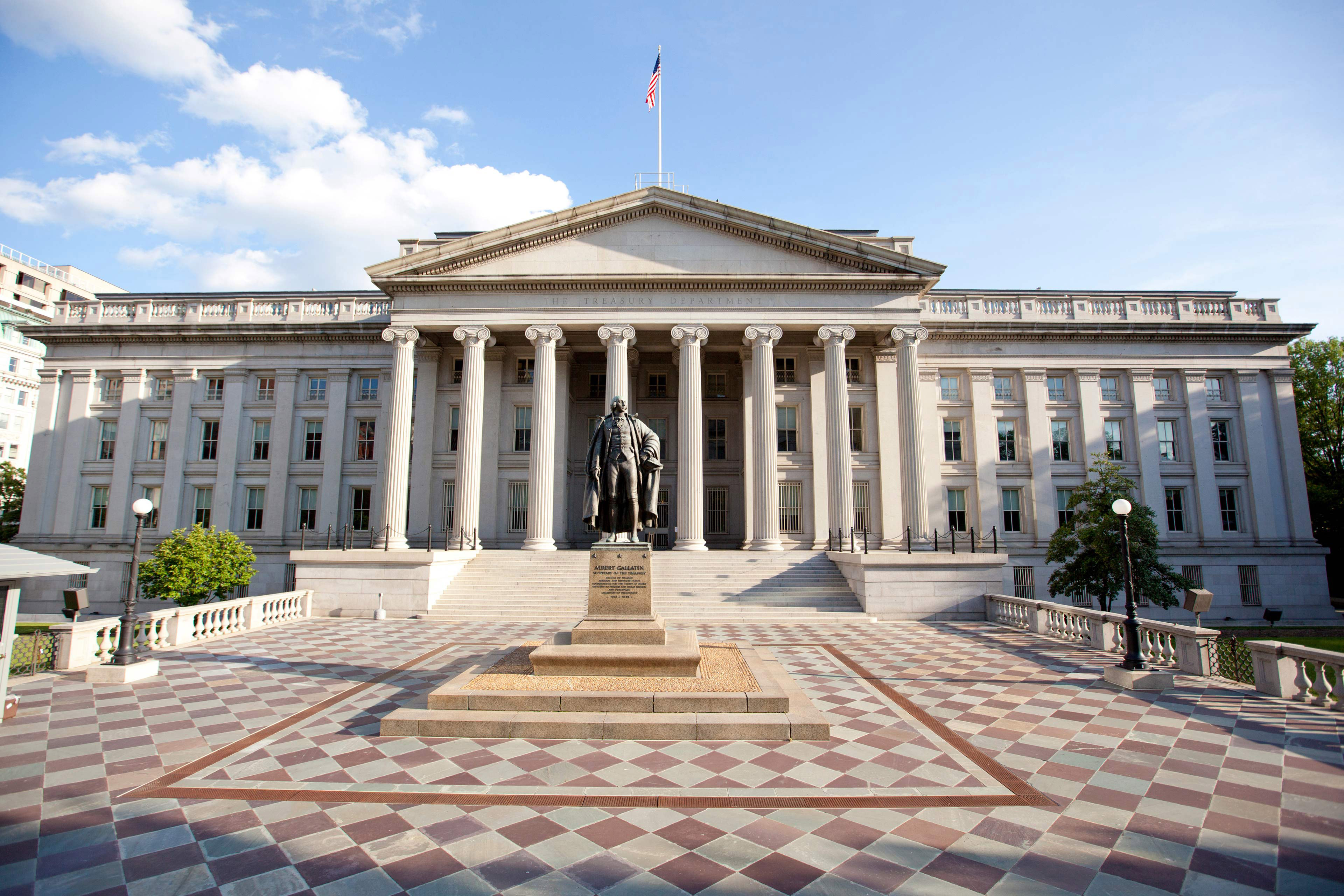EY refers to the global organization, and may refer to one or more, of the member firms of Ernst & Young Global Limited, each of which is a separate legal entity. Ernst & Young Global Limited, a UK company limited by guarantee, does not provide services to clients.
How EY can help
-
U.S. Treasury clearing: how market participants can prepare for the new mandate. Learn more.
Read more
The SEC’s rule on central clearing for treasury cash purchases and sales trades and repo transactions signals a new chapter for US capital markets. Understanding and preparing for these changes is paramount. As we approach the implementation deadlines, we encourage market participants to familiarize themselves and consider the insights contained within the report. We invite you to explore the full report [U.S. Treasury Central Clearing] on the SIFMA website, to help equip your organization with the knowledge that is essential to prepare for a transition to the new regulatory framework.
The U.S. Treasury Central Clearing Industry Considerations Report is designed to capture and organize the various considerations and activities that market participants should evaluate while assessing and completing preparations for the upcoming SEC rule compliance dates. It includes input and subject-matter analysis from market participants on both the buy-side and sell-side gathered 1) via a survey issued to SIFMA member firms by SIFMA and EY US, 2) from information workshops hosted with SIFMA member firms, and 3) from bilateral conversations with market participants.
This report is intended to be utilized by sell-side and buy-side market participants as a guide while they implement changes in response to the USTC requirements. The primary objectives of this report are to:
- Provide an implementation blueprint for industry participants on implementation priorities.
- Identify the key steps to operationalize change across different clearing access models.
- Surface key issues, open questions and gaps in market structure and provide recommendations on the path to resolution.
- Provide views on the target-state transaction lifecycle from execution through margin processing, including proposed high-level transaction flows.
- Provide insights on implementation dependencies across work efforts where possible.
- Serve as an educational resource on the rule and its implications.








